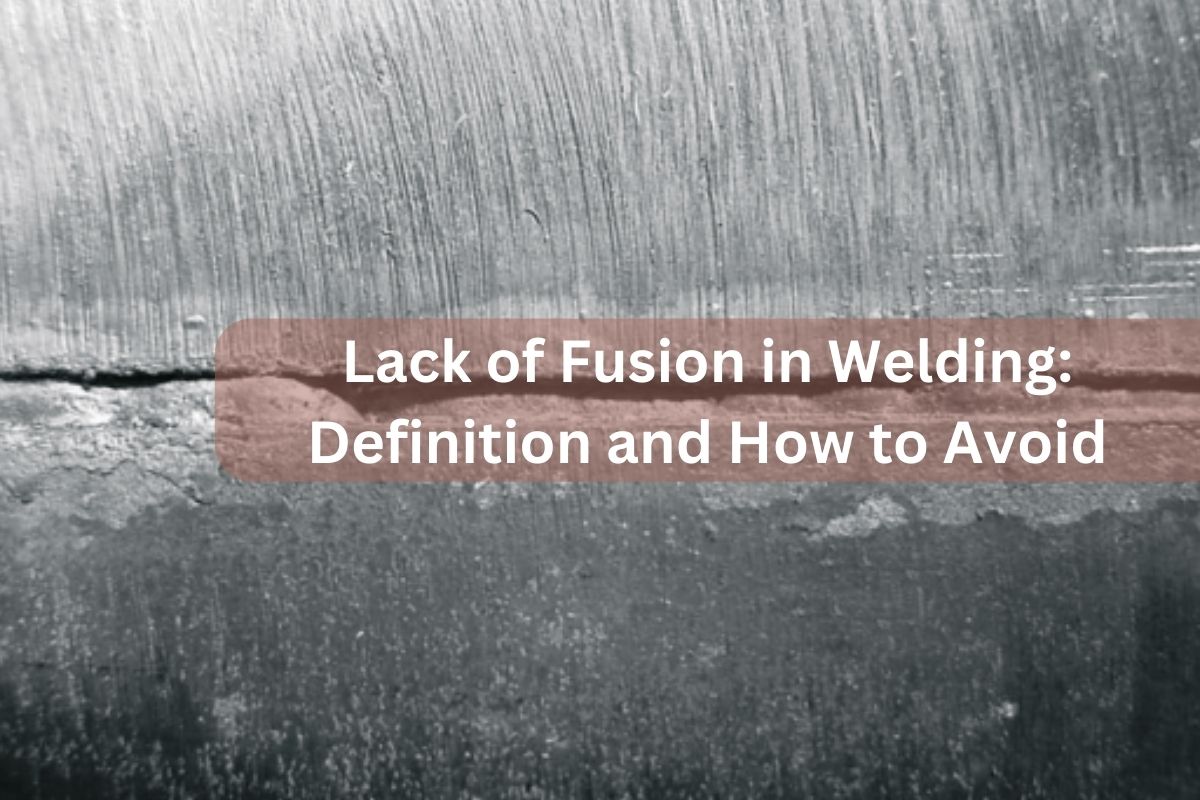Preventing Weld Undercut Demystified: Methods for Success
Preventing Weld Undercut Demystified: Methods for Success
Blog Article
Understanding the Art of Welding: Exactly How to Avoid Undercut Welding Issues for Flawless Construction Outcomes
Efficiency and precision are vital in the globe of welding, where also the tiniest imperfection can jeopardize the architectural honesty of a fabricated item. One common obstacle that welders face is damaging, a problem that can lead and damage a weld joint to expensive rework. By recognizing the source of undercut welding and executing effective strategies to stop it, welders can boost their craft to new levels of excellence (Preventing weld undercut). In the pursuit of remarkable manufacture outcomes, grasping the art of welding to stay clear of undercut issues is not just an ability but a necessity for those pursuing excellence in their work.
Comprehending Undercut Welding

To avoid undercut welding, welders must make certain correct welding specifications, such as adjusting the existing, voltage, traveling speed, and preserving the correct electrode angle. Additionally, utilizing the appropriate welding strategy for the details joint configuration is crucial. Employing weaving movements or backstepping strategies can aid make sure appropriate weld metal deposition and minimize the probability of undercut formation. Regular inspection of welds during and after the welding procedure is also critical to catch any kind of undercut early and make needed adjustments to stop additional defects. Preventing weld undercut. By recognizing the root causes of undercut welding and implementing precautionary procedures, welders can achieve high-quality, structurally audio welds.
Root Causes Of Undercut in Welding
Recognizing the elements that contribute to undercut in welding is necessary for welders to produce high-quality, structurally sound welds. Insufficient welding wrong or current welding speed can additionally contribute to undercut. Recognizing these causes and carrying out correct welding techniques can help prevent damaging concerns, guaranteeing strong and resilient welds.
Strategies to avoid Undercutting

To minimize the danger of undercutting in welding, welders can employ critical welding methods targeted at improving the quality and integrity of the weld joints. One reliable approach is to readjust the welding specifications, such as voltage, existing, and travel rate, to make certain appropriate heat input and deposition. Keeping an appropriate electrode angle and guaranteeing regular travel speed can additionally assist stop undercut. Additionally, Look At This using the right welding technique for the certain joint configuration, such as weave or stringer grains, can add to minimizing undercutting. Preventing weld undercut.
Using back-step welding methods and controlling the weld bead account can likewise aid distribute warmth uniformly and minimize the danger of undercut. Routine examination of the weld joint during and after welding, as well as applying top quality assurance actions, can help in discovering and addressing undercutting problems immediately.
Value of Proper Welding Criteria
Choosing and keeping appropriate welding parameters is necessary for achieving successful welds with marginal issues. Welding specifications describe variables such as voltage, existing, travel speed, electrode angle, and protecting gas flow rate that straight impact the welding process. These criteria need to be very carefully changed based upon the kind of product being welded, its thickness, and the welding method used.
Correct welding parameters make sure the ideal amount of warm is related to melt the base steels and filler material consistently. If the parameters are established expensive, it can result in excessive warm input, creating burn-through, spatter, or distortion. On the various other hand, if the criteria are too low, incomplete blend, absence of penetration, or damaging may happen.
High Quality Assurance in Welding Workflow

Final Thought
Finally, understanding the art of welding requires an extensive understanding of undercut welding, its causes, and techniques to stop it. By ensuring correct welding parameters and implementing quality assurance methods, flawless construction results can be accomplished. It is essential for welders to constantly strive for excellence in their welding operations to avoid undercut issues and generate high-grade welds.
Undercut welding, an usual flaw in welding procedures, takes place when the weld metal does not appropriately fill up the groove and leaves a groove or clinical depression along the bonded joint.To avoid undercut welding, welders need to make certain appropriate welding parameters, such as adjusting the existing, voltage, travel rate, and preserving the appropriate electrode angle. Inadequate welding current or wrong welding rate can likewise contribute to undercut.To mitigate the risk of undercutting in welding, welders can employ tactical welding strategies aimed at enhancing the top quality and integrity of the weld joints.In verdict, grasping the art of welding requires a detailed understanding of undercut welding, its check my blog causes, and methods to prevent it.
Report this page